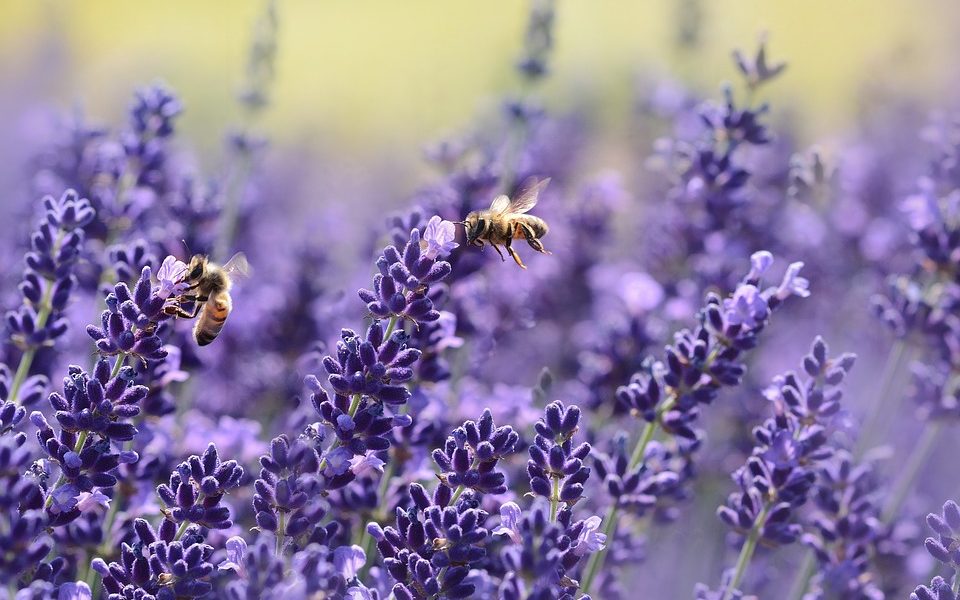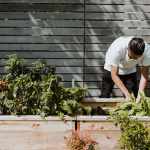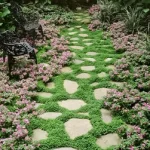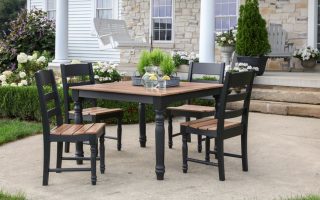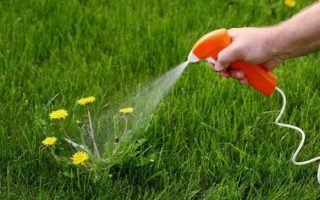Backyard pollinators – including bees, wasps, butterflies, hummingbirds, and more – are an essential part of any garden. They fertilize flowering plants and support our food supply by ensuring that plants produce the blooms, vegetables, and fruits that we use to live.
Even when given proper soil conditions, light, and water, a plant will not produce. It must have pollinators to fertilize the flowers and produce the fruit or vegetable. So to ensure that our gardens are successful, it is a good idea to try to attract backyard pollinators.
Here are four techniques to ensure that your yard is buzzing with pollinators and your garden is rich with produce.
One: Plant Flowers That Are Rich In Pollen and Nectar
Probably the most important aspect in attracting bees and butterflies is ensuring that you have a garden that is attractive to pollinators. Choose a selection of flowers that are rich in pollen and nectar, such as lilacs, lavender, wisteria, sunflowers, honeysuckle, or black-eyed Susans. Also consider the seasons and plan for a succession of blooming flowers from spring through fall. Include annuals, perennials, and blooming shrubs for the flying pollinators and include dill, fennel, and milkweed for caterpillars to feed on.
Gardens in backyards across the town, windowsill garden throughout the city, and wildflowers growing in an open field all support a huge community of bees and other pollinators. Whether you’re planting a small flower bed or a large vegetable garden, you play a part in the circle of life that feeds the pollinators and produces the crops.
Two: Be Organic
An organic approach to yard maintenance and protection against invasive bugs is a better idea than using harsh pesticides. Even organic pesticides are toxic to some degree and will affect the bee population, as well as other helpful insects. Using pesticides may help in the short term to remove unwanted bugs, but in the long term, you may be exposing your family to an array of toxins and poisons. You may affect the soil in your yard, making full growth in the future difficult or impossible. And looking at the bigger picture, you see that you are affecting a community of pollinators which are responsible for the germination of the very plants that you are protecting.
Natural and homemade organic pesticides are available that can be used sparingly and carefully. Never spray a plant with open flowers or one with active pollination from bees or other pollinators.
Three: Offer Shelter
Like all creatures, pollinators need a place of shelter to hide from predators and to get out of the elements on stormy days. While you may have the urge to trim back branches and pull wildflowers, it is this type of wild habitat that needs nurtured.
Consider growing out a hedge or a section of lawn, letting grass clippings lie in a pile or a log decompose in the sun, or keeping that dead tree standing. It is these types of areas that allow bees, butterflies, and other pollinators hide or rear their young.
Consider artificial nesting boxes, which can house mason bees or bats, for your backyard. The bees will help pollinate your crops, while the bats will feed on unwanted insects in your garden.
Four: Provide Food and Water
Pollinators seek out food and water and prefer to remain in areas where food is easily accessible. Your garden of pollen- and nectar-rich plants will certainly attract the right insects; however, you may wish to add feeders for hummingbirds and butterflies.
You will attract birds, bees, and butterflies with the right water element. A pond, if your yard is big enough, is an ideal place for ducks and deer. Smaller water elements are more realistic, especially for smaller yards. A water garden, a bird bath, or a similar water basin is perfect for bees, butterflies, and other pollinators. Even mud puddles attract butterflies, which will feed on the nutrients and consume the water.
Conclusion
As long as you attract pollinators with the right flowers, keep them safe from pesticides, and offer shelter, food, and water, you should have no problem attracting backyard pollinators. You can also consider backyard beekeeping if you have enough space to do so. The bees won’t take up too much of your time, but you will need to interact with them and maybe even get some honey out of the process.

